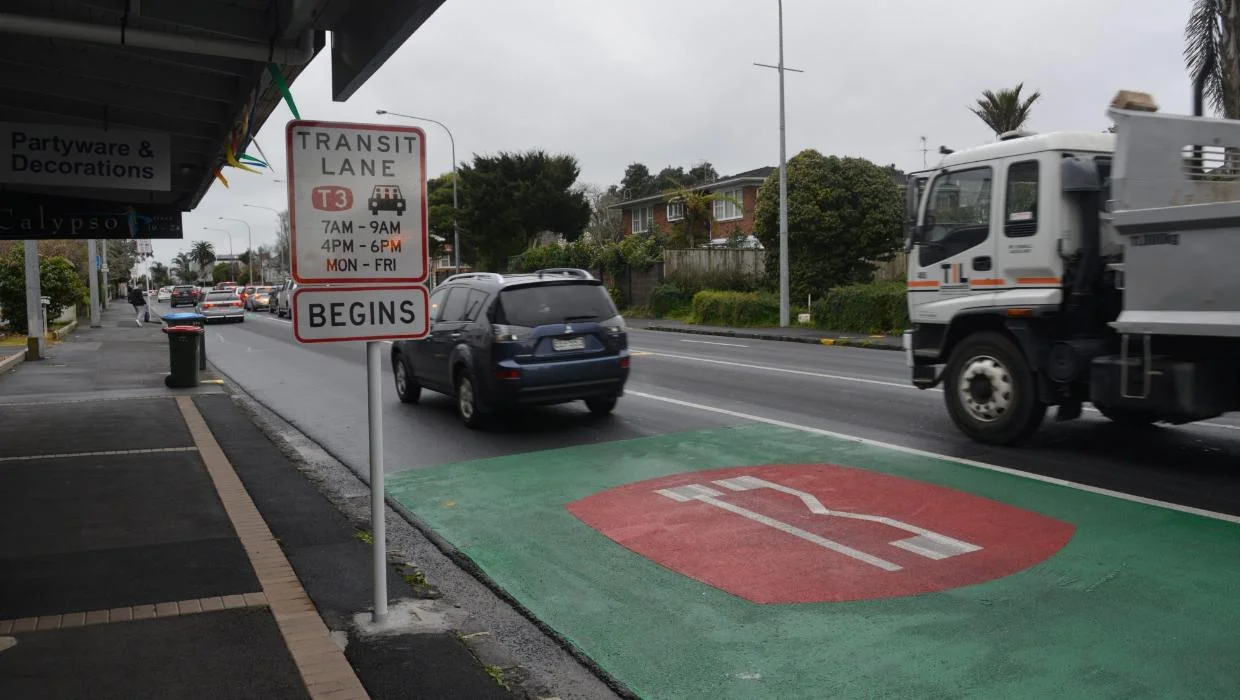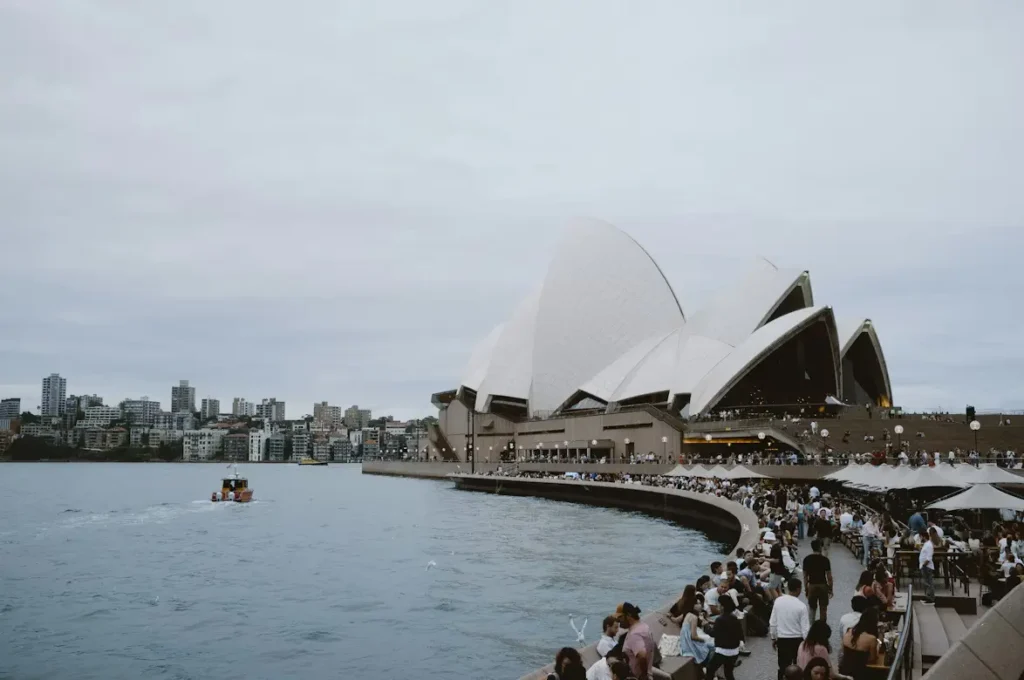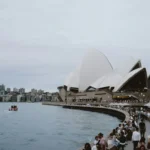Now Reading: How T3 lanes improve traffic flow in major Australian cities
-
01
How T3 lanes improve traffic flow in major Australian cities
How T3 lanes improve traffic flow in major Australian cities

Traffic jams are a constant problem in Australia’s main cities, especially during rush hour when thousands of people go to work in the city. T3 lanes are becoming more popular in New South Wales, Queensland, Victoria and Tasmania as a sensible solution. These lanes are meant to give priority to vehicles with three or more persons in them and improve traffic flow without having to build new roads.
This page talks about how T3 lanes function, how they make traffic flow better, where they are being used in Australia and how they will change the way people get around in cities in the future.
What are T3 lanes?
A T3 lane, also known as a transit lane, is a lane that only vehicles with three or more passengers, including the driver, may use. These lanes are usually on major roads that go into city centres and they are normally in use during rush hour, which is usually weekday mornings and nights.
Along with cars with three or more people, the following are allowed to use a T3 lane without restriction:
- Buses for the public
- Taxis
- Motorcycles
- Vehicles for emergencies
- Bikes (in some states)
There are signs that make it apparent where the T3 lanes start and terminate and when they are open. During certain times, it is usually a regular traffic lane.
Why Australian cities use T3 lanes
The basic goal of T3 lanes is to transport more people, not more cars. These lanes want to:
- Make it less crowded in regular traffic lanes.
- Make buses more reliable and cut down on travel time.
- Meet people who use public transportation to share cars.
- Reduce the impact on the environment for each commuter.
- Get more people to move through each lane.
Because of high-occupancy vehicles and steady bus traffic, a T3 lane can carry more people per hour than a regular lane. They reduce stop-and-go traffic and improve flow predictability when properly implemented.
How T3 lanes improve traffic flow
T3 lanes help traffic in several ways:
1. Boosting person-throughput
In traffic engineering, person-throughput is the number of individuals who travel through a section of road in one hour. T3 lanes put this statistic first by encouraging more people to ride in each vehicle. Even with fewer cars, the number of relocated individuals increases.
2. Making bus trips faster
Transit lanes provide public buses preferential access, which lets them get around traffic jams. In a study in Queensland, bus travel times improved by up to 19%, and the overall reliability of T3 lanes improved in corridors where they were enforced.
3. Decrease overall delays
More people taking the bus or carpooling means fewer automobiles with only one person in them in general lanes. This takes some of the burden off the bigger network, which is good for all drivers, even those who aren’t using the T3 lanes.
4. Reducing emissions
More passengers in a car means fewer automobiles on the road, which helps cut down on carbon emissions and fuel use. This is especially important in big cities like Sydney, Brisbane and Melbourne.
Where are T3 lanes used in Australia?
Sydney (NSW)
- Parramatta Road is a well-known two-way T3 highway that runs between Burwood Road and Bland Street.
- Victoria Road, the Eastern Distributor and other important roads in Sydney also have T2 and T3 lanes.
- In these regions, there is a significant police presence and drivers who violate the occupancy restriction receive fines.
Brisbane and the Gold Coast (QLD)
- Brisbane uses bus and T3 lanes on a number of major roads, including the Inner City Bypass and the South East Busway.
- Smith Street on the Gold Coast has T3 lanes in Southport to help with high bus and commuter traffic.
Hobart (TAS)
- In 2025, a new T3 Transit Lane Connector opened along the Southern Outlet. It connects those who live in Kingborough directly to Hobart’s CBD.
- The project is part of the Hobart City Deal’s Southern Projects, and its goal is to ease traffic on the roads in the city centre.
Melbourne (VIC)
- Hoddle Street and the Eastern Motorway are examples of roadways with transit lanes marked as T2 or T3.
- During morning and afternoon peak hours, these lanes remain open and undergo meticulous inspections.
Are T3 lanes always effective?
T3 lanes function most effectively when the following conditions are met:
- Proper enforcement is in place: Without monitoring, unauthorised vehicles may use the lane, which would make it less efficient.
- There is good signage and public awareness: Drivers need to know when and where it applies.
- There is a demand for high-occupancy travel: In places where carpooling isn’t possible, a T2 lane could be better.
A study in Queensland found that following targeted enforcement, the number of people using the T3 lane illegally went down a lot and overall compliance went up. This indicates that enforcement is the key to success.
Tips for Aussie drivers using T3 lanes
- Always look at the signs to see when they are open.
- Only use the lane if you meet the occupancy or exemption rule.
- Plan trips with friends or coworkers to save time.
- Don’t use the lane incorrectly; fines will be given for doing so.
- Be aware that you can use the lane for a short distance (typically 100 m) to make a turn or exit.
Last thoughts
T3 lanes are a clever and long-lasting way to control traffic in Australia’s busiest cities. These lanes keep people moving, cut down on commute times and make driving in cities less harmful to the environment by giving preference to public transportation and high-occupancy vehicles.
As cities like Sydney, Brisbane, Hobart and Melbourne grow, T3 transit lanes will probably become more important in making transportation for Australians smarter, cleaner and faster.



























